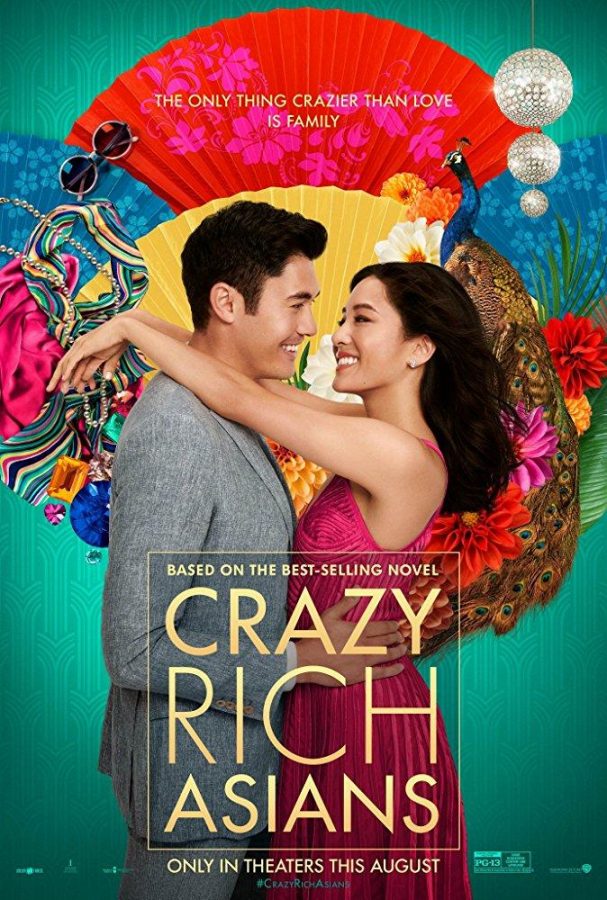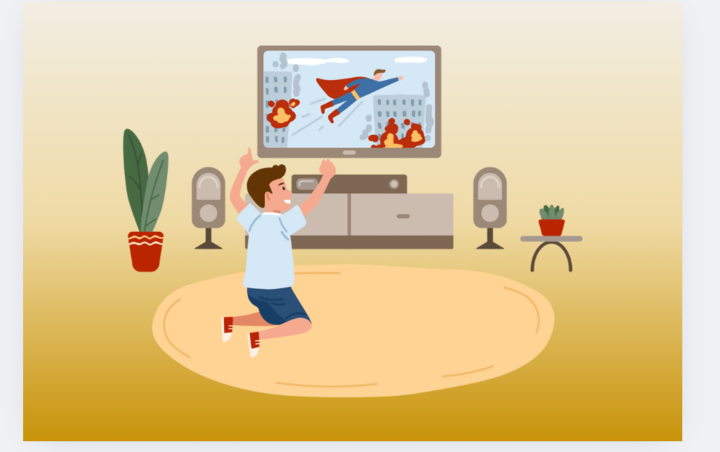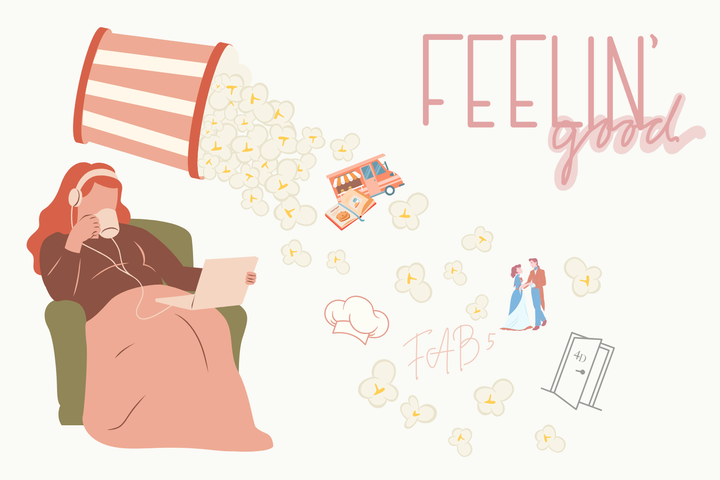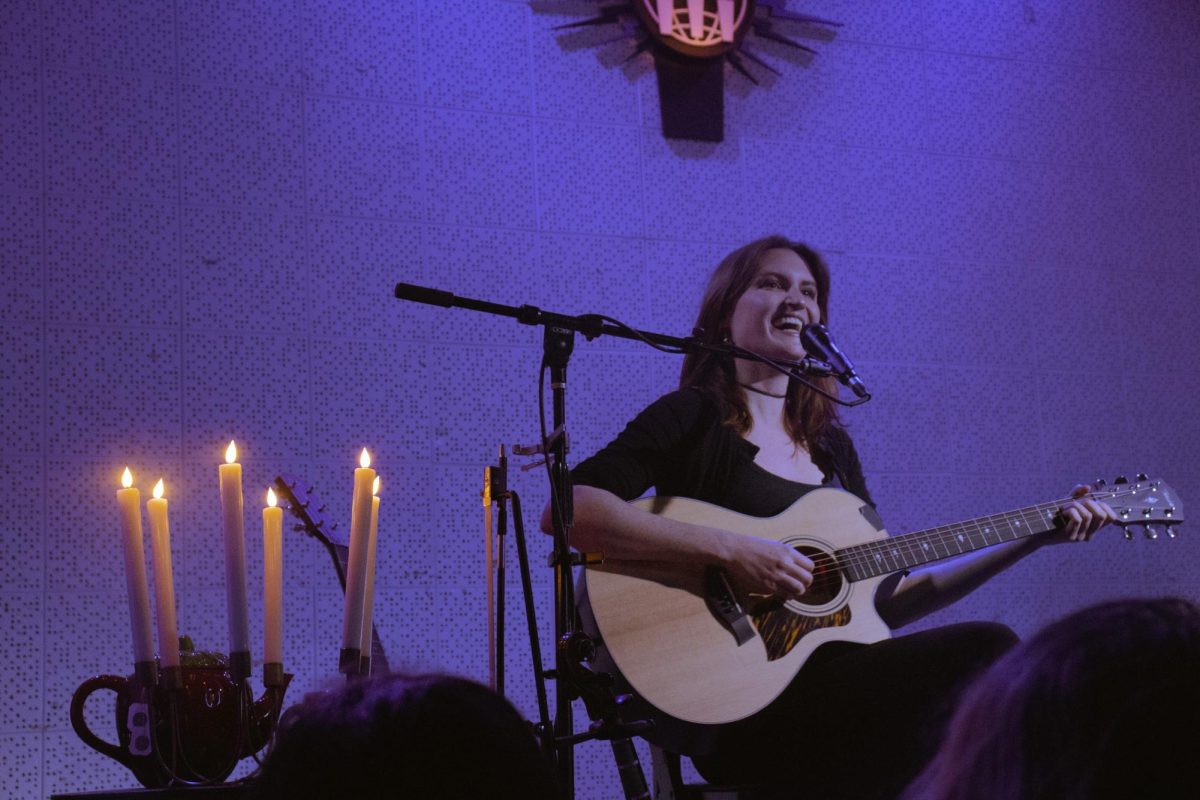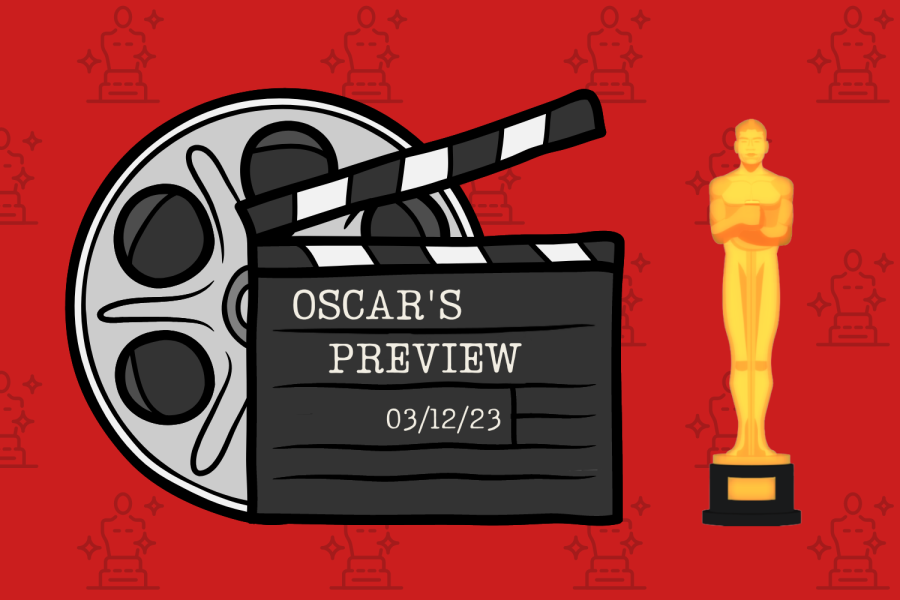I finally got tickets a week after watching the movie go viral on social media, eager to witness the Asian representation within Hollywood. Amidst the countless tweets by celebrities praising its audacity, the flood of reactions on Instagram posts and the illegal Snapchat stories, it was impossible not to. After laughter, tears and cheers I left the theater with a mix of emotions – exhilaration, awe, optimism –that I somehow felt were part of a grander agenda. I was confident that the movie, aside from the sappy romance and cheap laughs, held a greater message not just for the audience but for the industry.
“Crazy Rich Asians”, the adaptation of Kevin Kwan’s bestselling novel Crazy Rich Asians, is the first movie since “The Joy Luck Club” in 1993 to feature a predominantly Asian cast. A movie that only comes out every 25 years, it is dominating the box office and has grossed over $86 million dollars worldwide in two weeks.
Rachel Chu, the lone daughter of a single mother living in New York City, accepts her boyfriend Nicholas Young’s invitation to accompany him to his best friend’s wedding in Singapore. She is excited and nervous to meet the Young family, but unbeknownst to her, Nick Young belongs to one of the wealthiest families in the country. Not only that, Nick Young is Singapore’s most desirable bachelor and every girl’s dream. Word of the Nicholas Young bringing a girlfriend home spreads like wildfire over social media, making Rachel a target for jealous socialites and Nick’s disapproving mother, Eleanor. Rachel must prove her worthiness not just to Eleanor and the world, but to herself as she struggles to maintain her dignity.
Viewing “Crazy Rich Asians” for the second time, it was just as predictable as the first. The typical Hollywood rom-com formula that’s been working for decades is nothing new. It’s akin to “Love Actually,” “Crazy, Stupid, Love” and “The Proposal”. In fact, characters were the same: the boyfriend’s evil mother, the supportive girlfriend, the crazy ex-girlfriend. But this time I focused not on the plot, but the bold actions the movie took.
Finally, the Asian characters on screen were not doing kung fu or speaking with an accent. There was no martial arts master, software developer or teenage sidekick. Asian American characters in Hollywood were no longer one-dimensional. The movie featured the handsome, dorky, attractive, short, tall, funny and classic bullies. It included a wide range, yet familiar, set of personalities. The stereotypical Hollywood-washed Asian American culture was no longer focus of the movie; instead, the movie focused on celebrating its difference in culture by displaying an unconventional perspective. It’s important to show Asian Americans are just as capable of love. Of course, “Crazy Rich Asians” cannot represent the entire Asian American community, but it was never meant to. It’s far from a perfect movie— but it’s the perfect wake up call.
Now don’t get me wrong. You do not have to be Asian American to feel something. The theater I sat in was full of grandmas, families and students of all races and ages. Enjoy the story. Marvel at the luxury and lavish. Immerse yourself into the atmosphere. Break the barriers and become the protagonist.
I left “Crazy Rich Asians” bittersweet and joyful— watching the ever-developing bond between a mother and son, relating to a couple having love problems, witnessing some relationships break and others blossom. It left me with hope for a younger generation of content creators. It left me with faith that not just Asian culture, but all cultures, can be represented without any filter in Hollywood. It left me optimistic that we won’t have to wait another 25 years. And that’s why “Crazy Rich Asians” matters.

